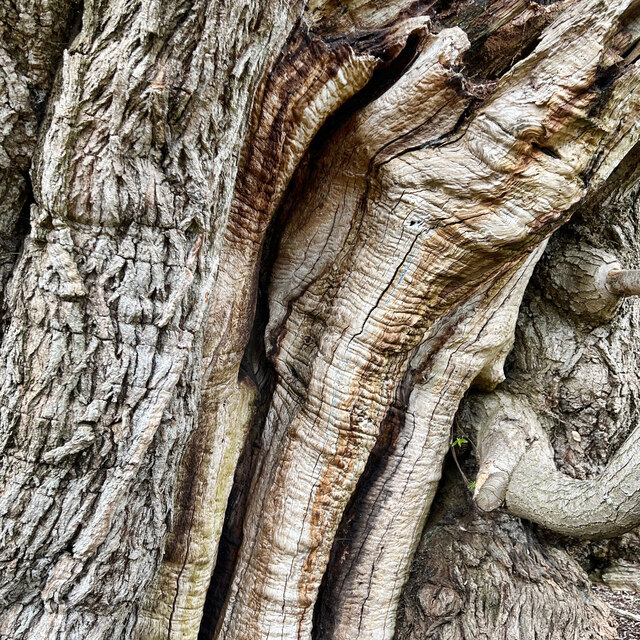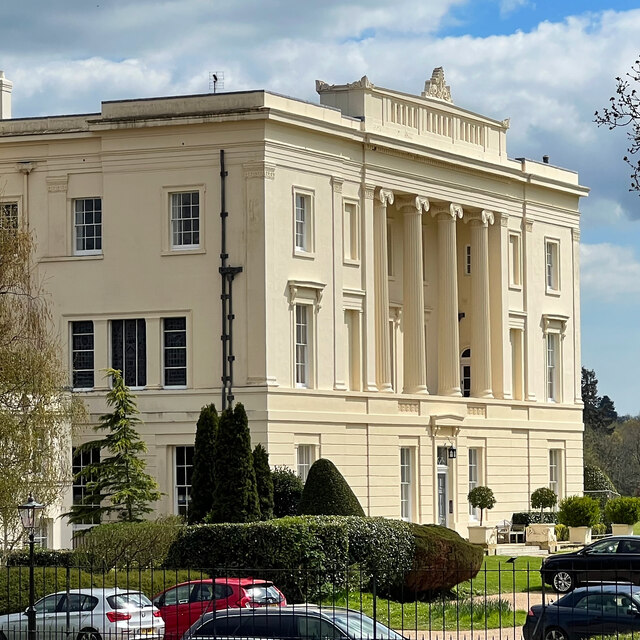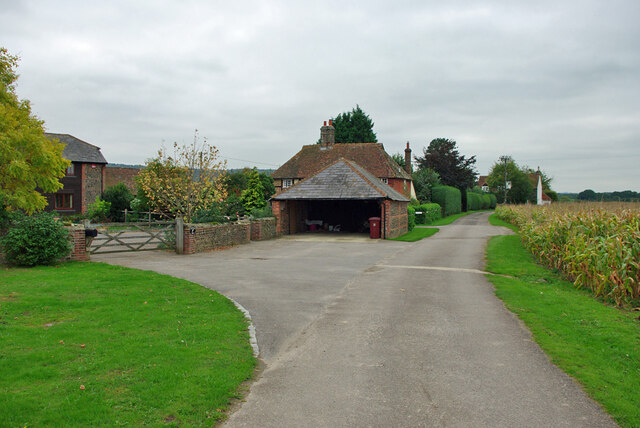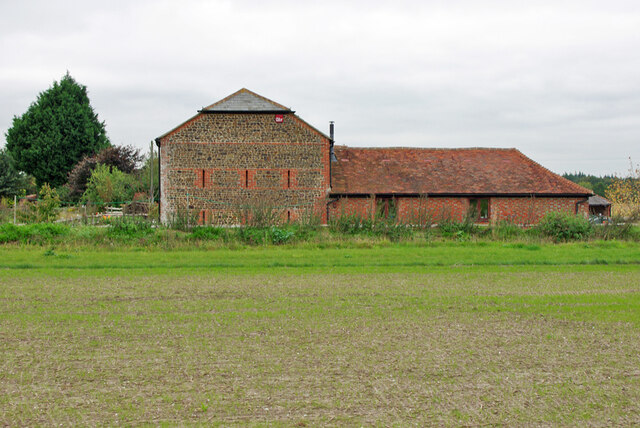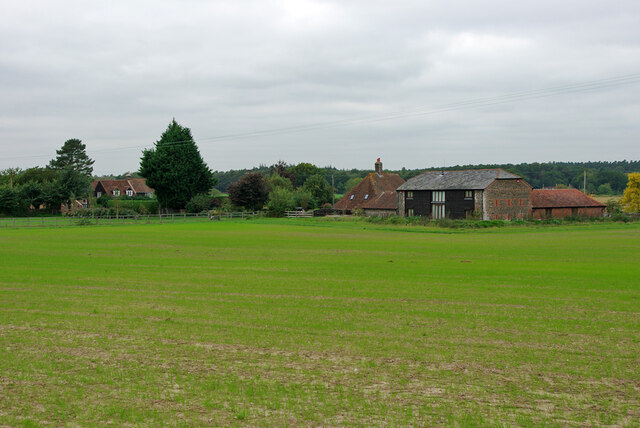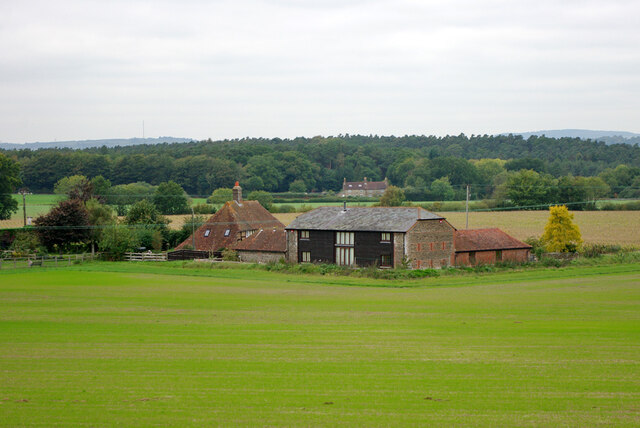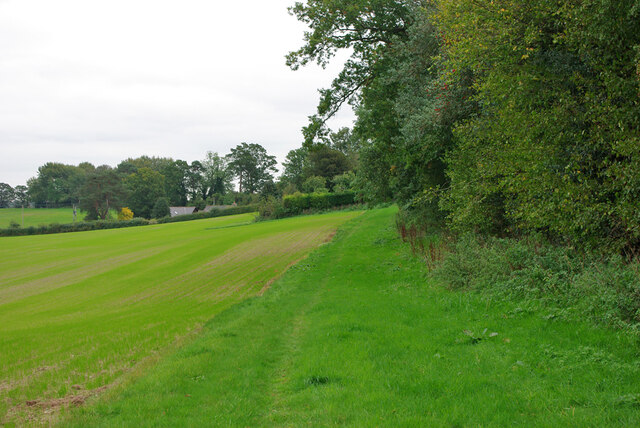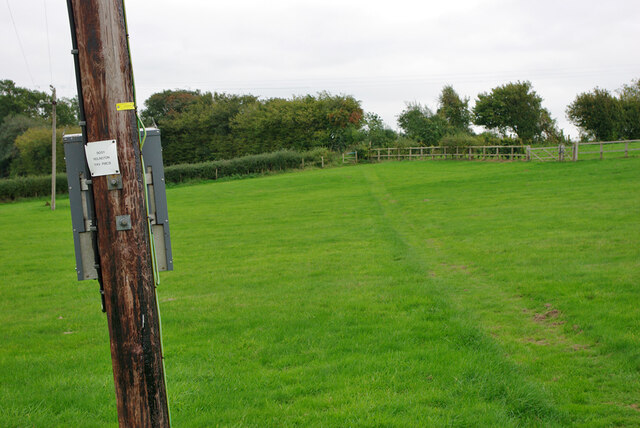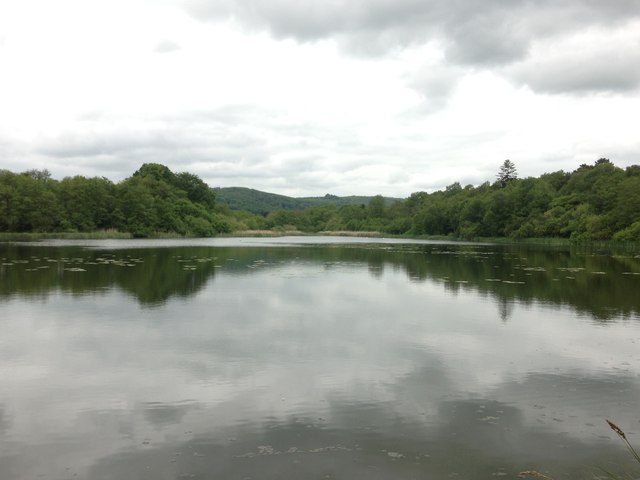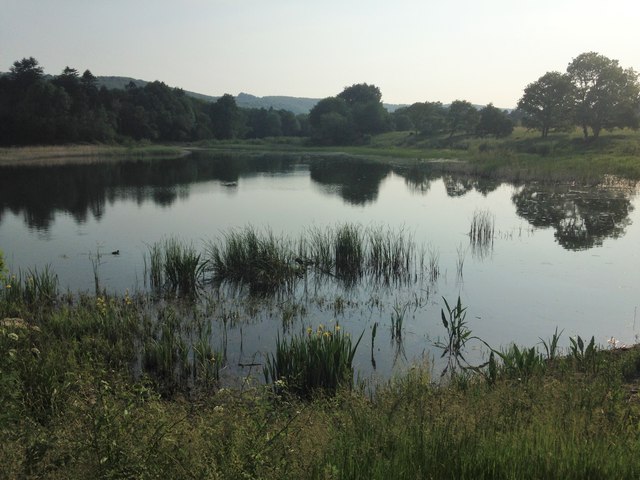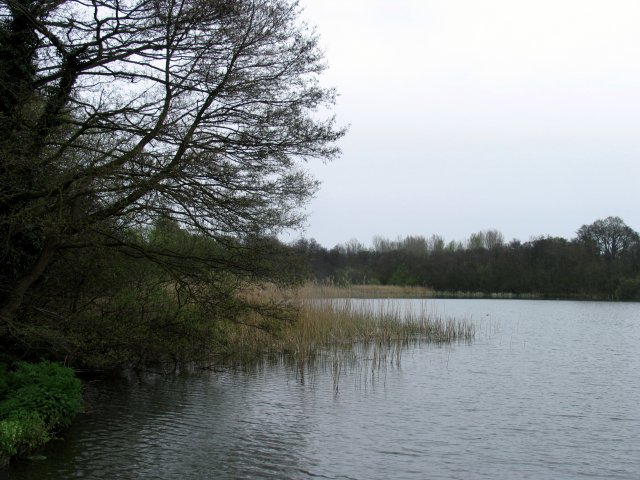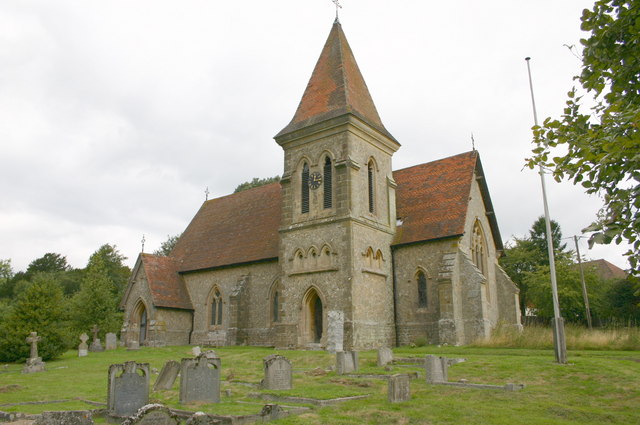Furze Patch
Wood, Forest in Sussex Chichester
England
Furze Patch
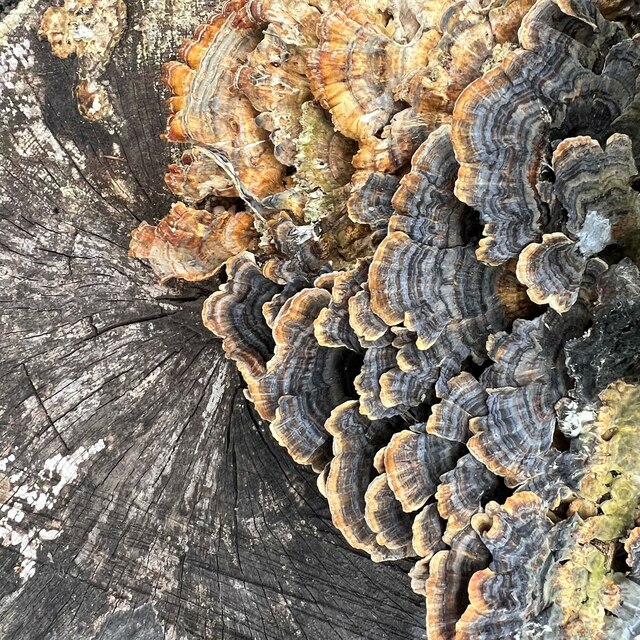
Furze Patch is a small woodland area located in Sussex, England. Situated amidst the picturesque countryside, it is known for its abundant natural beauty and diverse flora and fauna. Covering an area of approximately 10 acres, Furze Patch is predominantly made up of dense, deciduous forest, characterized by a variety of tall, mature trees.
The woodland is home to a wide range of plant and animal species. Within its borders, visitors can observe a plethora of wildflowers, including bluebells, primroses, and wood anemones, which create a vibrant tapestry of colors during the spring and summer months. The forest floor is also adorned with mosses, ferns, and various types of fungi, adding to its enchanting appeal.
The avian population in Furze Patch is particularly diverse, with numerous bird species finding refuge in the woodland. Visitors may spot common woodland birds such as robins, blackbirds, and great tits, as well as rarer species like tawny owls and woodpeckers. The tranquil atmosphere of the woodland is often accentuated by the melodic songs of these feathered inhabitants.
Furze Patch offers a serene environment for nature lovers and outdoor enthusiasts. It provides ample opportunities for walking, hiking, and birdwatching, with several well-maintained trails that wind their way through the forest. The woodland also features a small picnic area, where visitors can enjoy a leisurely lunch surrounded by the sights and sounds of nature.
Overall, Furze Patch is a hidden gem in the Sussex countryside, offering a peaceful retreat for those seeking solace in nature. Its lush woodland, abundant wildlife, and scenic trails make it a must-visit destination for anyone looking to reconnect with the natural world.
If you have any feedback on the listing, please let us know in the comments section below.
Furze Patch Images
Images are sourced within 2km of 50.944157/-0.60946018 or Grid Reference SU9717. Thanks to Geograph Open Source API. All images are credited.
![Burton House Originally built in 1831 as a private residence for Henry Bassett, Burton Park [House] served for many years as a girl's school - St Michael's. The mansion, like many others in West Sussex, has been converted into luxury housing. Many of the grandest rooms in the building are now incorporated into spectacular apartments - and a cluster of very attractive houses have been built to the north and east of the building. [taken from WestSussex.info]](https://s2.geograph.org.uk/geophotos/07/44/58/7445870_7eb89a4c.jpg)
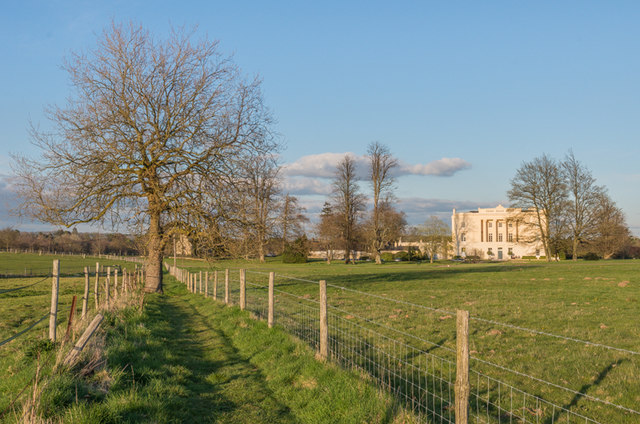
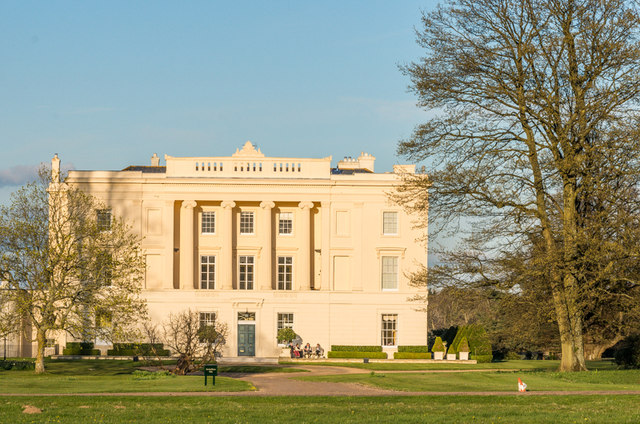
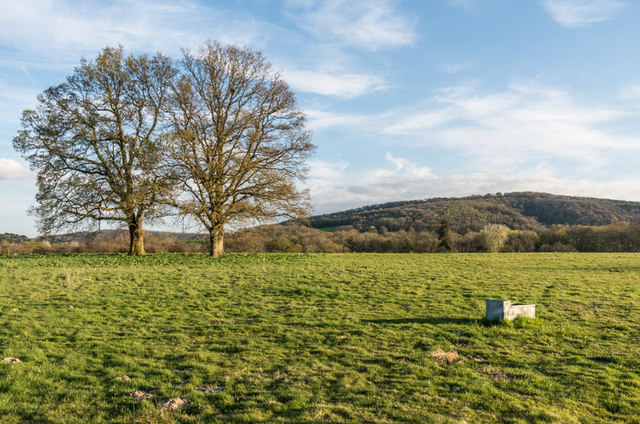

Furze Patch is located at Grid Ref: SU9717 (Lat: 50.944157, Lng: -0.60946018)
Administrative County: West Sussex
District: Chichester
Police Authority: Sussex
What 3 Words
///forces.skate.famous. Near Petworth, West Sussex
Nearby Locations
Related Wikis
Burton Park SSSI
Burton Park SSSI is a 57.7-hectare (143-acre) biological Site of Special Scientific Interest west of Pulborough in West Sussex. A larger area of 63 hectares...
Barlavington
Barlavington is a small village and civil parish in the Chichester district of West Sussex, England. The village is situated about four miles (6.4 km)...
Burton Park
Burton Park is a 19th-century country house in the civil parish of Duncton in West Sussex, and is situated 1/2 a mile to the east of the village of Duncton...
Duncton
Duncton is a village and civil parish in the District of Chichester in West Sussex, England. The village is in the South Downs 3 miles (5 km) south of...
Sutton, West Sussex
Sutton is a village and civil parish in the District of Chichester in West Sussex, England, located six kilometres (4 miles) south of Petworth and east...
Bignor Park
Bignor Park is a privately owned country house and estate near the village of Bignor, in West Sussex, England, on the edge of the South Downs. The house...
Petworth railway station
Petworth railway station was a railway station nearly two miles (3 km) from the town of Petworth in West Sussex, England. It was located on the former...
Petworth Canal
The Petworth Canal was one of Britain's shorter lasting canals, opened in 1795 and dismantled in 1826. Upon completion of the Rother Navigation, the Earl...
Nearby Amenities
Located within 500m of 50.944157,-0.60946018Have you been to Furze Patch?
Leave your review of Furze Patch below (or comments, questions and feedback).


